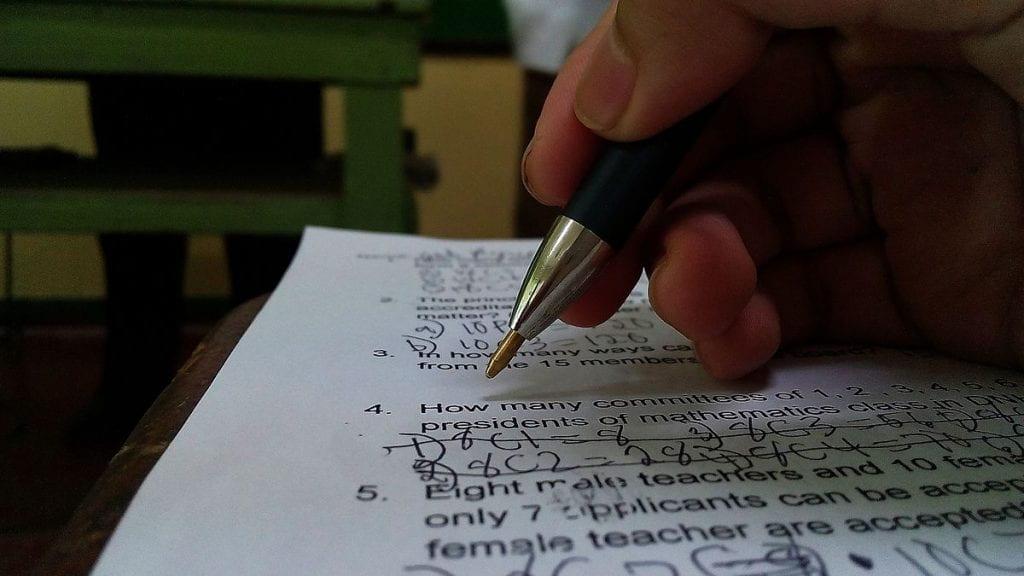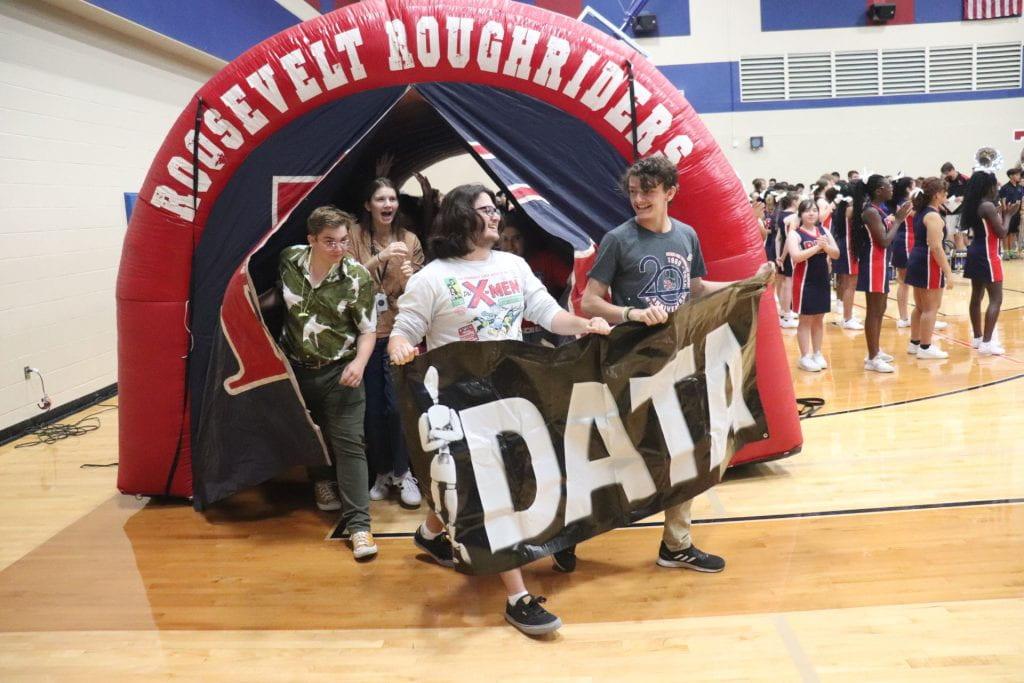 $14,107,002,927,201. The national debt at the beginning of the process of writing this story on Feb. 3 at 12:51 p.m., hits this amount. Watching the U.S. National Debt Clock: Real Time, anyone can see the deficit climb at an unbelievable rate. This clock breaks down exactly where the money being lost comes from, while also showing the areas that are gaining money. It is easy to decipher where money is being lost and gained based off of the easy to see color of each section, green for where we are making money and red for where we are losing it. There are sections such as “Mortgage Debt,” “Federal Spending,” and even areas that show how many people are living and dying every day.
$14,107,002,927,201. The national debt at the beginning of the process of writing this story on Feb. 3 at 12:51 p.m., hits this amount. Watching the U.S. National Debt Clock: Real Time, anyone can see the deficit climb at an unbelievable rate. This clock breaks down exactly where the money being lost comes from, while also showing the areas that are gaining money. It is easy to decipher where money is being lost and gained based off of the easy to see color of each section, green for where we are making money and red for where we are losing it. There are sections such as “Mortgage Debt,” “Federal Spending,” and even areas that show how many people are living and dying every day.
“Our annual deficits are unsustainable and threaten our national security interests, as well as the economic future of our children and grandchildren,” Carol Kaeser, Calculus teacher, said.
Many people, students, parents, and teachers, fall into three categories. They either don’t know, don’t care, or don’t understand the national debt and how it is accumulating. The only thing most Americans know is that prices are on the rise and their bottom line is getting closer and closer.
The government has been talking a lot about changing tax rates, cutting unneeded spending for different government projects that are not working, and adjusting the budget to help slow and hopefully diminish our growing national debt. Most people do not understand what this means, not only for themselves but for the country as a whole. The government is lacking the ability to communicate with the American people about where our actual economic state and what effect that will have on our future.
“Certainly we should end all farm subsidies to large producers and phase out subsidies to small farmers – the idea being that everyone should be in a business or endeavor which makes economic sense without government support,” Ms. Kaeser said, as she offered ideas for solutions to our national debt. “[We should] abandon the Healthcare Reform Bill, and fund local efforts, such as CareLink in San Antonio. Numbers that have been presented as ‘savings’ are extremely speculative and based on some assumptions that are unsupportable – such as requiring people to purchase health insurance. [Another possible solution is to] end our current approach in Afghanistan – it is too costly in lives and money. The Russians did not win there, and we will not either. Instead, fight terrorism there with more drones and covert operations – apologizing to no one for pursuing and protecting our national interests (which is primarily strength and security at home). [And a final solution that the government should consider is to] reduce our presence in Iraq to simple support of the Iraqi people’s efforts to form a stable government and regain a stable economy. If private companies believe the area, Iraq, warrants investment, capital will flow to that country. If private capital does not see Iraq as a good investment, our U.S. government should not either. I would rather see our government investing money here – in our country.”
These are just some ideas for solutions. Though, it is not only teachers and parents that are worried. Many students are considering how the national debt will affect their futures.
“I feel like the national debt is a major problem. It kind of discourages me that the national deficit is rising every second. I worry about how this will effect college tuition rates and taxes throughout the entire U.S., because I know the fastest way to fix the government’s wallet is to rob the working class,” Ashleigh Jones, senior, said.
The Big Stick would like to hear your opinions on this subject, so please leave comments on what any solutions you believe would help to lower our deficit.
$14,107,090,810,109 is our national debt at the end of the writing of this story on Feb. 3 at 1:15 p.m.

















